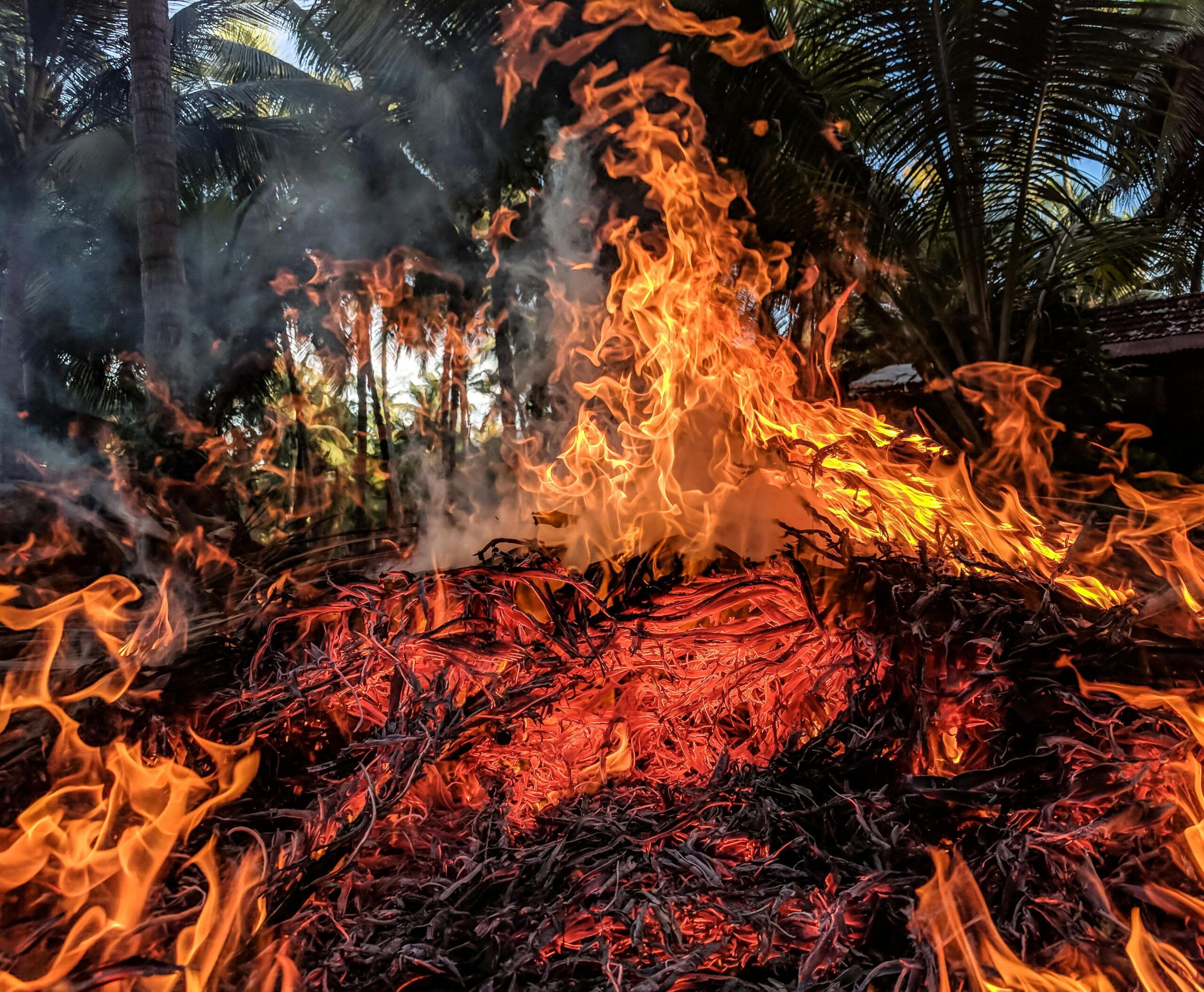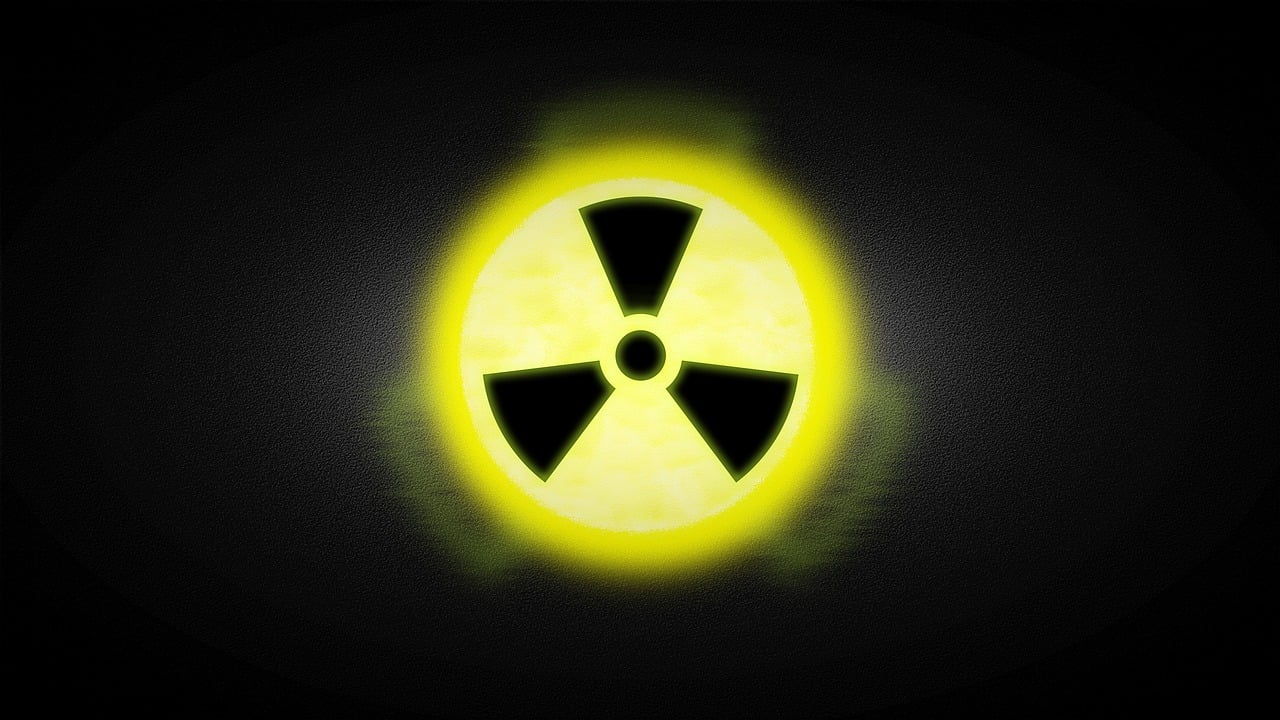Mass fires are catastrophic events that have the power to transform entire landscapes, destroy urban areas, and cause unimaginable human suffering. These large-scale infernos are capable of spreading at alarming speeds and burning with such intensity that they are nearly impossible to control. From historic city blazes to vast wildfires that rage through wilderness areas, mass fires are a sobering reminder of both nature’s force and human vulnerability.
What is a Mass Fire?
A mass fire occurs when a large expanse of land or a significant volume of combustible material catches fire simultaneously, leading to a blaze of immense magnitude. These fires can result from both natural and man-made causes, and their sheer size and intensity make them particularly challenging to manage. In some cases, the fires become so fierce that they generate their own wind patterns, escalating into what’s known as a firestorm. This phenomenon makes containment even more difficult and heightens the risk to people and infrastructure.
Characteristics of Mass Fires
Extreme Heat: The temperatures produced by mass fires can be staggering, with enough heat to melt metal and cause structures to collapse. The flames often spread to nearby areas, igniting everything in their path.
Rapid Spread: Mass fires are notorious for spreading rapidly, driven by dry conditions and strong winds. In forests, the fire may travel faster than a person can run, leaving little time for evacuation.
Firestorm Creation: When a fire grows large enough, the rising heat creates intense updrafts that pull in surrounding air, creating a self-sustained wind system. These firestorms can spread embers miles away, igniting new fires and creating a cycle of destruction.
Widespread Destruction: Mass fires consume everything in their path, from homes and businesses to forests and wildlife. Their devastating impact can be seen in the burned-out shells of cities and the charred remains of once-vibrant ecosystems.
What Causes Mass Fires?
The causes of mass fires are diverse, but they generally fall into two categories: natural and human-induced.
Natural Causes
- Wildfires: Lightning strikes, extreme drought conditions, and high temperatures can ignite dry vegetation, leading to massive wildfires. Once started, these fires can spread quickly and become difficult to control.
- Environmental Factors: Windy conditions, low humidity, and the presence of flammable materials like dry leaves and grass all contribute to the rapid spread of wildfires.
Human-Induced Causes
- Urban Fires: In cities, fires can spread rapidly due to the close proximity of buildings and the use of flammable construction materials. Accidents, electrical faults, or unattended flames are often the culprits.
- Explosions and Industrial Accidents: Explosions in chemical plants or oil refineries release vast amounts of flammable substances, sparking fires that can engulf entire facilities.
- Military Operations: During wars, bombings or the use of incendiary weapons can ignite mass fires, causing widespread devastation. The firebombing of cities like Dresden and Tokyo during World War II are grim reminders of this phenomenon.
Historical and Modern Examples
- The Great Fire of London (1666): This historic urban fire burned for days, destroying large portions of the city and reshaping London’s architectural future.
- The Great Chicago Fire (1871): Legend has it that a cow kicked over a lantern, sparking a blaze that ravaged Chicago, fueled by wooden buildings and dry weather.
- Firebombing in WWII: The firebombing of cities during World War II, such as Dresden, created mass fires that obliterated neighborhoods and caused countless casualties.
- Recent Wildfires: The Australian bushfires of 2019-2020 and California’s recurring wildfires are recent examples of mass fires’ devastating effects on human communities and wildlife.
The Impact of Mass Fires
Mass fires leave a trail of destruction that can take years, even decades, to recover from. Their impact can be analyzed through several lenses:
1. Environmental Destruction
The environmental impact of mass fires is profound. Forests that take centuries to grow can be destroyed in mere hours. Wildlife habitats are obliterated, causing species displacement or extinction. Additionally, the fires release massive amounts of carbon dioxide into the atmosphere, exacerbating climate change and creating long-term ecological damage.
2. Economic Consequences
The economic toll of mass fires is staggering. Homes, businesses, and infrastructure worth billions can be reduced to ashes. The cost of rebuilding communities is immense, and the financial burden often falls on governments, insurance companies, and individuals. Moreover, mass fires disrupt industries, agriculture, and tourism, affecting livelihoods and local economies.
3. Humanitarian Crisis
The human toll is perhaps the most heart-wrenching. People lose their homes, loved ones, and a sense of security. Mass evacuations are common, displacing entire communities and creating long-term psychological and emotional trauma. Relief and recovery efforts often strain emergency services and require substantial resources.
4. Public Health Concerns
Smoke from mass fires can lead to severe respiratory problems and exacerbate conditions like asthma and heart disease. Fine particulate matter in the air poses a significant health risk, and the effects can be long-lasting, especially for vulnerable populations like the elderly and children.
Preventing and Managing Mass Fires
While we cannot always prevent mass fires, proactive measures can significantly reduce their occurrence and impact.
1. Urban Fire Safety
Implementing strict fire safety codes, using fire-resistant materials in construction, and ensuring proper spacing between buildings can mitigate the risk in urban areas. Routine fire drills and effective emergency response plans are also crucial.
2. Forest Management Practices
To prevent wildfires, forest management agencies use techniques like controlled burns, clearing dry brush, and creating firebreaks. These measures help reduce the amount of flammable material and slow the spread of potential fires.
3. Community Emergency Preparedness
Communities at risk of mass fires should have detailed emergency plans, including evacuation routes, alert systems, and well-coordinated first responders. Education on fire safety and preparedness is essential to minimize loss of life and property.
4. Technology and Early Detection
Advancements in technology, such as satellite monitoring and drone surveillance, have improved our ability to detect and respond to mass fires quickly. Predictive modeling helps forecast fire risks and allocate resources effectively, saving lives and reducing damage.
Conclusion
Mass fires are among the most destructive forces on Earth, with the power to alter landscapes, claim lives, and forever change communities. Understanding their causes and characteristics is crucial in developing effective prevention and response strategies. By investing in urban fire safety, forest management, emergency preparedness, and cutting-edge technology, we can minimize the devastating impact of mass fires.
In a world increasingly affected by climate change and urbanization, the threat of mass fires will likely remain a significant challenge. However, through proactive measures and global cooperation, we can strive to protect our communities and environment from these devastating blazes.















